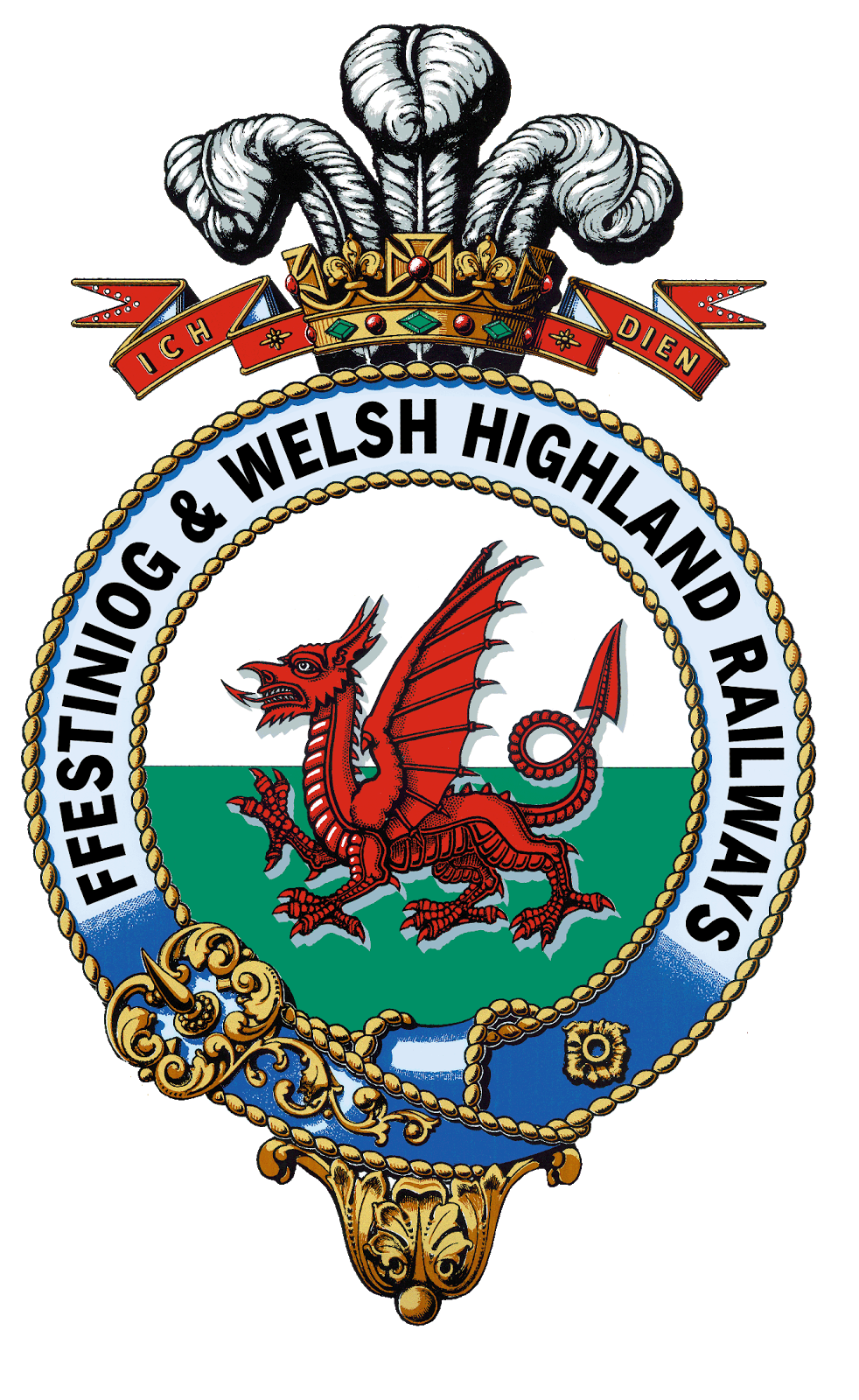A cautionary tale today of one of those modelling catastrophes that happens to all of us every once in a while.
In this case it's because I forgot to follow the golden rule of modelling the FR - never assume anything on a drawing until you've confirmed it on the prototype.
My Superbarn 103 had been progressing well and I was double checking battery box locations for the underframe when I noticed to my horror a fundamental problem with the bodysides. As Eric Morecombe might have said, I had all the right windows, but not necessarily in the right places!
I'd built the carriage using one of the draft drawings, and while I had picked up on a few detailed differences with the finished product I never noticed that the window positions had changed. Basically, one at the Port end has been made narrower than on the drawing and the one at the Blaenau end wider.
Once I'd finished cursing my stupidity I considered my options. I was reluctant to start again from scratch because the carriage was 80% complete. So fitting a new blade in the scalpel I set about attempting to amputate the bodysides from the rest of the carriage.

One of the advantages of making up the model from sub-assemblies, as I described in an earlier post, is that it is possible, with care, to remove sections in this way.
Now it was simply a job of knocking up two new bodysides.

5 hours work later and I was back to where I began.

I'd like to think I've learned my lesson, but the Curse of Boston Lodge will surely strike again.































